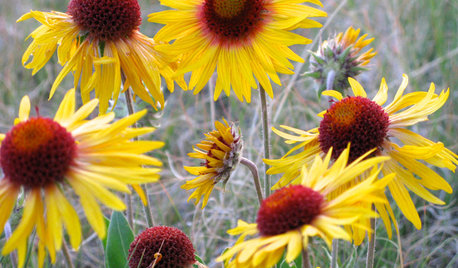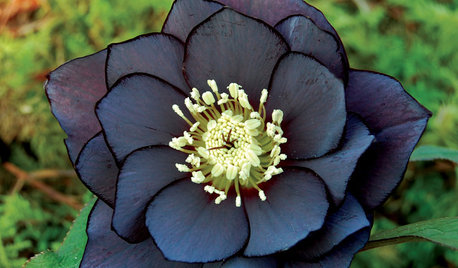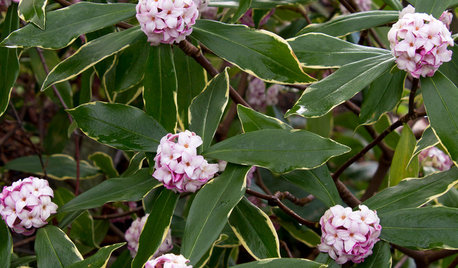Help! blossoms wilting!
ladybug77575
17 years ago
Related Stories

PRODUCT PICKSGuest Picks: Help Your Home Blossom With Floral Decor
Sprinkle hints of spring around your rooms with fabrics, wall coverings and more that recall nature's charms
Full Story
FLOWERS15 Yellow Flowers That Will Help Your Garden Glow
Your garden will look sunnier this spring and summer with one of these yellow-blossoming plants
Full Story
SUMMER GARDENINGHow to Help Your Garden Survive a Heat Wave
Find out how to keep your plants thriving in summer’s heat and how to tell if sunburned ones can be saved
Full Story
GARDENING GUIDESPlant a Wildflower Garden in Fall for Spring Blossoms
Every spring, wildflowers transform garden areas with wide swaths of color. Plant now for spring blooms
Full Story
FALL GARDENINGFeed the Bees With These Enchanting Winter Blossoms
Add drama — and nourishment for pollinators — with these beautiful winter-blooming flowers
Full Story
COLORColor of the Week: Spring Blossom Yellow
Tired of winter yet? Bring on spring with our featured color of the week
Full Story
GARDENING GUIDESBring On the Blossoms: 9 Top Picks for Flowering Shrubs
Gorgeous spring- and summer-blooming shrubs deliver color, fragrance and pollinators to your garden
Full Story
BATHROOM TILERoom of the Day: A Year-Round Cherry Blossom Festival in the Bath
A delicate glass tile mosaic captures the perfect blooming moment in a New Jersey bathroom
Full Story
DECORATING GUIDESThinking Spring: Blossoming Branches
Cherry, Peach and Apple Flowers Make Interiors Bloom
Full Story
PINKCherry Blossom Pink Romances Rooms
Let the sweet nature of your rooms bloom with this prettiest of colors
Full Story





ladybug77575Original Author
luis_pr
Related Professionals
Salisbury Landscape Architects & Landscape Designers · Pelham Landscape Contractors · Arlington Landscape Contractors · Barrington Landscape Contractors · Coeur d'Alene Landscape Contractors · Edwardsville Landscape Contractors · Golden Gate Landscape Contractors · Inglewood Landscape Contractors · Lake Zurich Landscape Contractors · Medford Landscape Contractors · Panama City Beach Landscape Contractors · Petaluma Landscape Contractors · Pueblo West Landscape Contractors · Winter Gardens Landscape Contractors · Maple Heights Landscape Contractorsrhodyman